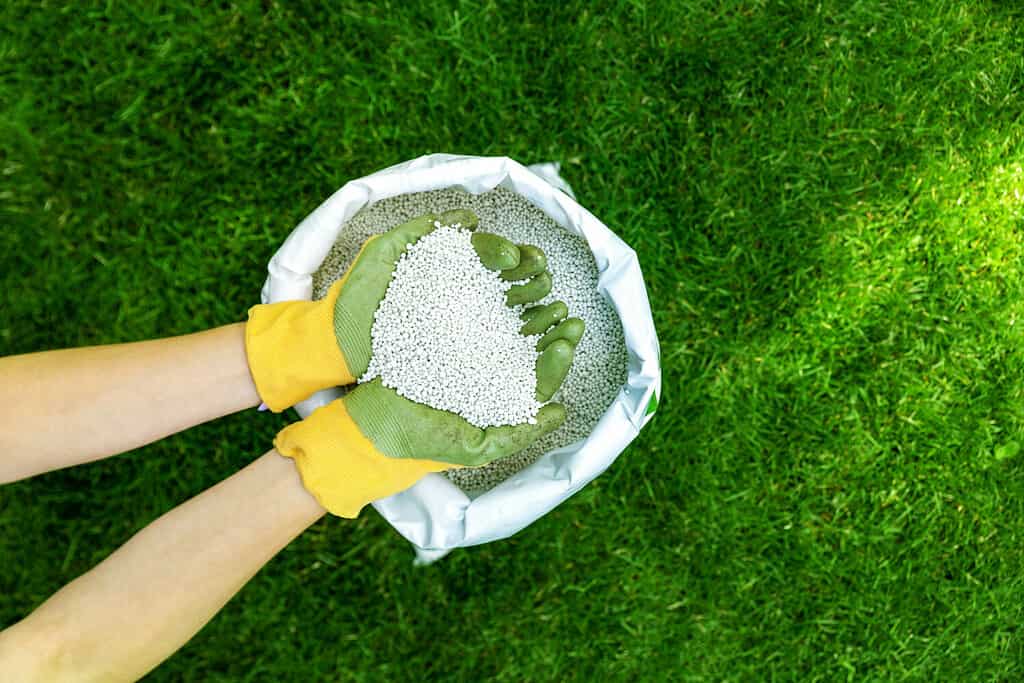The Susquehanna River is a long, winding river that flows through New York, Pennsylvania, and Maryland. The two branches of the river meet in central Pennsylvania and drain a total of 27,500 square miles. Given that the river flows through some well-populated places, people may wonder about the contents of this body of water. What’s in the Susquehanna River and is it safe to swim in? We’ll show you what to expect from this river.
Where is the Susquehanna River?

The Susquehanna River flows through New York, Pennsylvania, and Maryland.
©U.S. Environmental Protection Agency / Public domain – License
Overall, the river runs for about 444 miles. However, the Susquehanna River has two branches that flow from different areas before joining in central Pennsylvania. The North Branch Susquehanna River is considered the main branch of the river, and it starts at Otsego Lake in New York. That branch of the river flows southwest in New York before sharply turning west and winding to the North Branch’s confluence with the West Branch Susquehanna River.
Meanwhile, the West Branch Susquehanna River arises from Carrolltown, Pennsylvania in the Allegheny Mountains. This branch flows northeast and then south to the confluence at Northumberland, Pennsylvania. Afterward, the main stem runs to its mouth.
Perhaps the easiest way to find the river is by locating its mouth. From Northumberland, the river flows south and then southeast, through the state’s capital, Harrisburg, and to its mouth at the northern portion of Chesapeake Bay. The river widens at the end, becoming very prominent on maps.

What’s in the Susquehanna River?

Handling smallmouth bass properly is critical to their survival.
©CLP Media/Shutterstock.com
Many different fish, amphibians, and reptiles are in the Susquehanna River, and so is a fair amount of pollution in some locations. The following fish are found throughout the river or in different sections of it:
- Northern pike
- Muskies
- Common carp
- Largemouth bass
- Channel catfish
- Smallmouth bass
- Walleye
- Lamprey
- Yellow perch
- Sunfish
These are just a few of the species of fish that are found in these waters. However, many others exist, and people come from all over the state and beyond to catch them. Yet, fish are not the only animals that live in and around the water.
Consider some of the different animals that one can find in the water or along the banks:
- Green frogs
- Snapping turtles
- Eastern copperheads
- Pheasants
- Voles
- White-tailed deer
- Bobcats
- American toads
- Red foxes
- Salamanders
Much of the Susquehanna River’s length is populated with a wide variety of different animals. Granted some of them may just stop by to take a drink, others primarily live in and around the water.
Is the Susquehanna River Polluted?

Fertilizer runoff is one of the most significant pollutants in the river.
©ronstik/Shutterstock.com
Yes, the Susquehanna River has a pollution problem. Sewage is one of the most significant sources of pollution for this river. In past years, the local water companies dumped hundreds of millions of gallons of untreated sewage into the river. A great deal of this dumping occurred on the main stem of the river, near Harrisburg.
The outdated sewer and stormwater system is overwhelmed during times of heavy rain. When the sewer system cannot handle the volume of water, the raw sewage is discharged into the river. As a result, about 56% of all water samples on the lower river in 2022 had too much E.coli making it unsafe for water recreation. These issues will persist until the sewer and water systems are upgraded.
Two of the other most common pollutants in the Susquehanna River include nitrogen and phosphorous. These elements can come from many different sources.
However, agricultural runoff and urban runoff are two of the biggest contributors to nitrogen and phosphorous in the water. When rain falls and washes into a waterway, it will take chemicals on the surface along with it. For example, if a golf course recently used commercial fertilizer, rainwater can wash that material into nearby streams that eventually take it to a river.
Another form of pollution that appears in the Susquehanna River is from manure. Many farmlands are near the Susquehanna River, especially in places like Lancaster County. Animals produce millions of tons of manure, and large amounts of it end up in the water. The problem with manure is the same as with commercial fertilizers; excessive amounts of nitrogen and phosphorous get into the water. These elements can lower the amount of dissolved oxygen in water, killing wildlife.
Should You Swim in the River?

A pool is a safer option than many places on the river.
©Sergey Novikov/Shutterstock.com
Whether or not you should swim in the Susquehanna River is a matter of location. Some parts of the river are safer to swim in than others given the hazards in the region and pollution. Generally, the West Branch Susquehanna River is considered safe to swim in. At least, that’s true for pollutants. Other parts of the river are dangerous to swim in due to obstacles and fast-moving currents. People must be aware of these dangers before swimming.
Many parts of the North Branch Susquehanna River are also considered safe to swim in, especially in and around state parks in Pennsylvania and New York.
Usually, anywhere nearby Harrisburg on the river could have fecal bacteria contamination. In those areas, it is best to avoid the water. However, some people do swim and engage in water recreation farther downriver. Before getting into the river, one must perform a little research. Ask locals about the water quality and seek contamination measurements along the river before swimming.
So, what’s in the Susquehanna River? Unfortunately, the answer is more pollution than people would like. That does not mean people should not enjoy what the river has to offer, though. Many places along the river’s flow are safe for boating, swimming, fishing, and other recreation. The Susquehanna River is one of the oldest rivers in the world, and it has flowed for hundreds of millions of years. With enough people investing time and money into it, the river could become clean and safe for people to enjoy throughout its entire run.
The photo featured at the top of this post is © Rosemarie Mosteller/Shutterstock.com
Thank you for reading! Have some feedback for us? Contact the AZ Animals editorial team.






